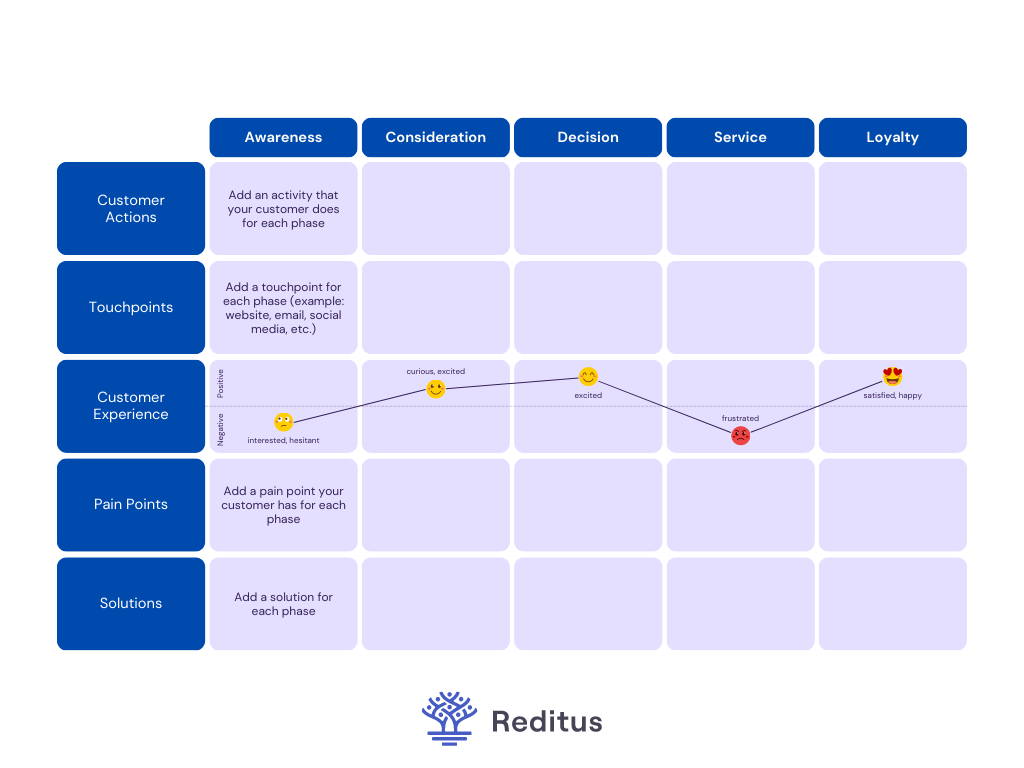Measuring the Success of Your Referral Program: 5 Best Practices.

Referral programs are a cost-effective way for SaaS companies to acquire new customers.
Not only do referral programs bring in new business, but they also build brand awareness and loyalty by turning satisfied customers into brand evangelists.
However, tracking and measuring its success is essential to make the most out of a referral program.
In this article, we'll go over how to track and measure the success of a referral program in SaaS companies.
Are you ready?
Table of contents
- 1. Set Goals for Your Referral Program
- 2. Measure the Effectiveness of Referral Incentives
- 3. Measure Referral Program Success
- 4. Interpret and Using Data to Improve Your Referral Program
- 5. Improve the Overall Customer Experience
- Tracking and Measuring the Success of Your Referral Program: FAQs
- Conclusion
1. Set Goals for Your Referral Program
Before tracking the success of a referral program, it's essential to define the program's goals. To set the goals:
- Identify your target audience
- Define your referral goals
- Set key performance indicators (KPIs) to measure success
For instance, if you're a SaaS company that provides marketing software for small businesses, your target audience would be small business owners.
Your referral goals may be to increase sign-ups from small business owners and to reduce customer acquisition costs. To achieve these goals, you can set KPIs such as:
- The number of referrals received divided by the number of customers
- The number of referrals that convert to customers
- Customer lifetime value (LTV) of referred customers compared to non-referred customers
- Customer satisfaction (CSAT) of referred customers compared to non-referred customers.
2. Measure the Effectiveness of Referral Incentives
Incentives play a significant role in the success of a referral program. To calculate the effectiveness of incentives:
- Test different incentives to see what resonates with your audience
- Optimize incentives by analyzing which incentives generate the most referrals and which ones result in the highest conversion rates
- Track the referral rate, conversion rate, and LTV of customers who participated in the referral program
- Compare these metrics to those of customers who did not participate in determining the effectiveness of the incentives.
3. Measure Referral Program Success
Using the right tools is crucial to tracking and measuring the success of a referral program. Consider the following devices:
- Customer relationship management (CRM) software: track who referred whom, when the referral was made, and whether or not the referral converted into a customer
- Analytics platforms such as Google Analytics and Mixpanel: Provide valuable insights into referral program performance
- Referral marketing software like Reditus: Automate the referral program and provide analytics on program performance.
4. Interpret and Using Data to Improve Your Referral Program
Once you've collected and analyzed data, it's time to interpret and use it to improve your referral program.
Consider the following:
- Identify trends and patterns in the data
- Pinpoint areas of improvement
- Test different messaging and incentives to see what resonates with your audience
- Use data to optimize incentives by analyzing which incentives generate the most referrals and which ones result in the highest conversion rates
- Use the data to improve the overall customer experience and satisfaction with the program
- Continuously monitor and evaluate the success of the referral program.
5. Improve the Overall Customer Experience
Your referral program is not just about acquiring new customers but also about creating a positive customer experience.
Ensure that the referral process is straightforward, with clear instructions on how to refer others.
Additionally, keep your customers informed about the progress of their referrals. Send timely updates on the status of their referrals, whether they were successful or not.

This creates a positive experience and encourages customers to continue referring others.
For example, if a customer makes a referral, email them immediately, confirming the referral and thanking them for their support.
As the referral progresses, update the referral status and let the customer know when their referral becomes a customer.
If the referral is unsuccessful, inform the customer of the outcome and provide alternative options for them to refer others. This keeps the customer informed and shows that you value their effort in guiding others.
Also, make it easy for customers to provide feedback on the referral program. Allow customers to give feedback on the referral process and incentives, and use this feedback to continuously improve the program.
Incorporating these strategies into your referral program improves the customer experience. It increases the likelihood of customer retention and referral generation.
Tracking and Measuring the Success of Your Referral Program: FAQs
How long should I run my referral program?
The length of a referral program depends on the goals and objectives of the program. Generally, running a referral program for at least three months is recommended to see the results.
However, some programs may run for a shorter or longer period depending on the target audience and the industry.
What incentives should I offer in my referral program?
Your incentives should appeal to your target audience and align with your referral goals.
Common incentives include discounts, free trials, cash rewards, and gift cards. Test different incentives to see what resonates with your audience and generates the most referrals.
How do I promote my referral program?
Promote your referral program through multiple channels such as email, social media, and your website.
Use clear and compelling messaging that highlights the benefits of participating in the program.
Consider partnering with influencers or affiliates to expand your reach.
How do I measure the ROI of my referral program?
To measure the ROI of your referral program, compare the cost of acquiring new customers through the program to the revenue generated by those customers.
Calculate the referral program's customer acquisition cost (CAC) and customer lifetime value (LTV) to determine the program's ROI.
How do I motivate customers to participate in my referral program?
Motivate customers to participate in your referral program by offering compelling incentives, making the referral process straightforward, and showcasing the success stories of existing participants.
Communicate the benefits of participating in the program, such as discounts, free trials, or exclusive access to products or services.
Conclusion
Tracking and measuring the success of a referral program is critical to ensure its effectiveness in bringing in new business and building brand awareness and loyalty.
SaaS companies can optimize their referral programs and drive growth by setting clear goals, choosing the right metrics, measuring the effectiveness of incentives, using the right tools, and interpreting data.
Remember, referral programs are not a one-time event but an ongoing process.
Continuously monitoring and evaluating the referral program's success and making adjustments based on data will help ensure its effectiveness and long-term success.

